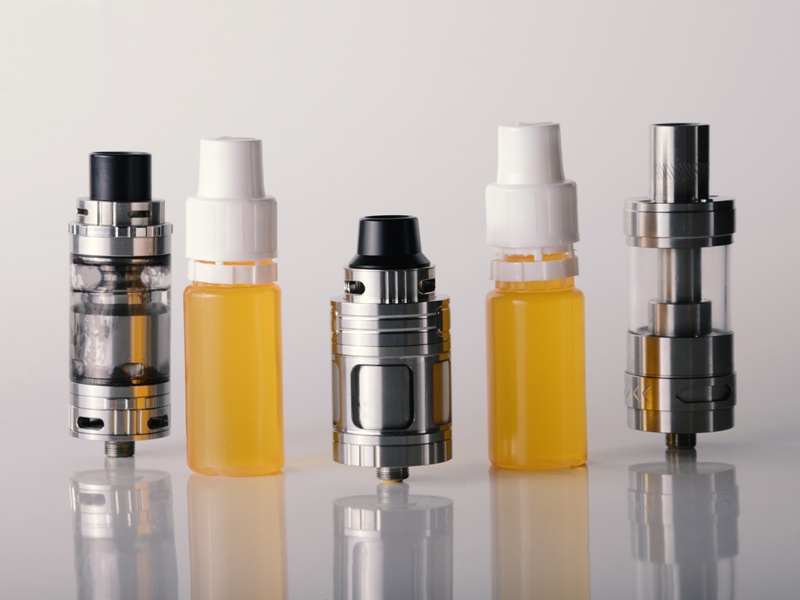Leaking Pods Remain a Top Complaint Among Users
Among users of refillable vape systems, leaking pods have become one of the most persistent and frustrating issues in daily use. This common problem affects beginners and experienced users alike, often resulting in wasted liquid, messy devices, and unpleasant experiences. Despite improvements in design and technology, complaints continue to surface across forums and review platforms. In fact, many users now consider leakage prevention a top priority when choosing their devices. As this issue remains unresolved, discussions among vaping communities intensify. Most users hope for practical, long-term solutions rather than temporary fixes or vague manufacturer promises.
Among Users, Frustration Over Pod Failures Grows
Many vapers express mounting dissatisfaction as repeated pod malfunctions disrupt their routines. Reports often describe sticky hands, damaged clothing, or malfunctioning batteries due to fluid seepage. While some brands claim to offer leak-proof designs, user experiences often tell a different story. As a result, consumers are growing more skeptical of marketing claims. Moreover, they tend to switch products or brands more frequently, hoping to find reliable alternatives. This behavior creates pressure on manufacturers to invest in better research and product testing before launching items to the public. Still, few companies offer detailed explanations or long-term guarantees.
Design Flaws Trigger Online Backlash
Technical analysis reveals that most leakage stems from flaws in airflow engineering or poorly sealed components. Several device models suffer from weak pod-to-battery connections, which lead to gradual fluid loss. Other units use materials that contract with heat, loosening the seals over time. These technical shortcomings often go unnoticed until repeated use exposes their limitations. As complaints mount online, customers begin sharing tips to minimize damage. For instance, storing pods upright and cleaning connections regularly can reduce leakage risks. However, without structural redesign, such advice merely slows the problem rather than solving it entirely.
Manufacturer Silence Sparks Debate
In response to frequent complaints, many consumers expect accountability from major device producers. However, most companies offer only generic customer service responses or limited warranty coverage. This lack of clear communication fuels suspicion and leads buyers to favor more transparent brands. On social media, influential reviewers now emphasize product durability in their content. Meanwhile, users are actively rating and reviewing devices based on leakage frequency. This growing trend shifts market expectations and influences purchasing decisions across all user demographics. In turn, it creates a demand for real innovation, not just marketing-driven updates.
Long-Term Fixes Require Industry Commitment
Experts argue that reducing leakage calls for deeper collaboration between designers, engineers, and user communities. Rather than rushing to release new models, companies should prioritize material integrity and pressure resistance testing. Testing under varied environmental conditions—such as heat, movement, and altitude—could help identify weak points. Transparent reporting of test results would also build trust among consumers. If companies respond seriously to recurring complaints, they could reduce returns and build stronger loyalty. As user voices grow louder, long-term change will depend on how the industry embraces feedback and transforms it into action.














